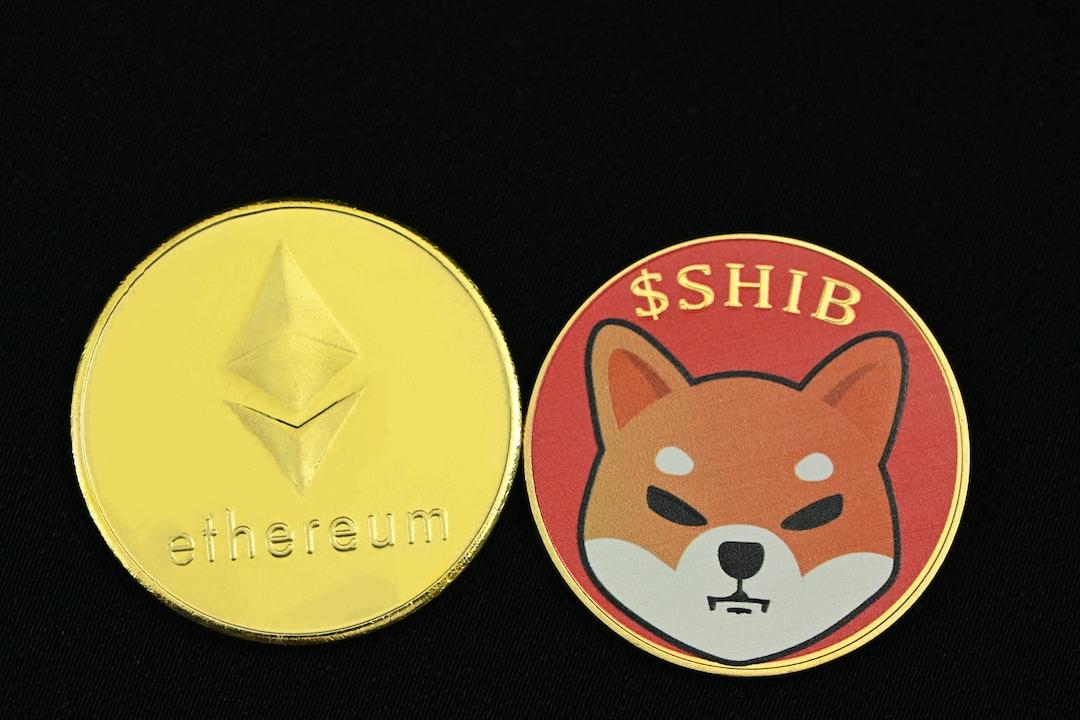Blockchain technology has the potential to bring about significant changes in various industries. When combined with computer vision, blockchain can enhance the capabilities of computer vision systems in several ways. In this article, we will explore the transformative power of blockchain technology in computer vision and its applications.
One of the key benefits of integrating blockchain with computer vision is enhanced data security. Computer vision processes large amounts of sensitive information, particularly in critical sectors such as healthcare, defense, and finance, to train complex models. By incorporating blockchain, a clear and invulnerable system can be established to archive and authenticate all data produced by computer vision tools. This ensures that any data manipulation or unauthorized access can be quickly identified and traced back to its source. Safeguarding sensitive data using blockchain enables a more secure exchange of this data across a decentralized network, making it more resistant to cyber threats.
Another advantage of combining blockchain and computer vision is the facilitation of data sharing. Computer vision requires extensive access to data in order to develop robust learning models. By implementing a blockchain-driven identity verification mechanism, only verified individuals can access and utilize the data. Smart contracts can be used to automatically grant access to verified users who meet specific requirements. This reduces the risks associated with data breaches, identity fraud, and other security concerns. By incorporating smart contracts and identity validation, the security of data sharing can be enhanced, ensuring that only verified individuals can access and utilize the data generated by computer vision systems.
Blockchain technology can also promote distributed training of computer vision models. Computer vision models rely on deep learning algorithms, which require significant computational power for training. By operating these models on blockchain-integrated platforms, the computational needs can be shared among multiple entities, making the training process more cost-effective and precise. After training, these computer vision models can be stored on the blockchain network, providing easy access to all stakeholders involved in the training phase. This fusion of blockchain technology can improve the efficiency and scalability of the training process.
In summary, the integration of blockchain technology with computer vision has the potential to revolutionize data handling and protection methods. By establishing a decentralized, transparent, and secure data management framework, blockchain can enhance data security and confidentiality while improving the accuracy and reliability of computer vision systems. As computer vision becomes more popular across various sectors, the integration of blockchain technology can foster trust, clarity, and innovation in data management.
Furthermore, the integration of blockchain and computer vision has various applications in different sectors. In the defense sector, computer vision systems, particularly unmanned aerial vehicles (UAVs) or drones, play a crucial role in surveillance during military operations. However, these systems face challenges in terms of integration, data quality, cost, and security. Blockchain can provide a security layer to protect against unauthorized access and data tampering in these systems.
In the healthcare sector, computer vision has become an essential tool for various applications such as disease detection and monitoring treatment progress. However, challenges such as data quality, interpretability of algorithms, and ethical concerns exist. Blockchain can address these concerns by adding a security layer to medical data, ensuring privacy, secure storage, authenticity, and traceability.
In the agriculture sector, computer vision has been used for applications such as crop monitoring, weed control, and post-production activities. Challenges in the agricultural and supply chain systems include transparency, trust, and confidence in food provenance. Blockchain can enhance computer vision applications in smart farming by providing data storage, sharing, and verification, as well as transparent peer-to-peer transactions. This decentralized approach can empower authorities to recognize and reward producers adhering to best agricultural practices.
In conclusion, the integration of blockchain technology and computer vision offers transformative potential in various sectors. By ensuring data security, transparency, and traceability, this synergy can address many challenges faced by industries such as defense, healthcare, and agriculture, leading to more efficient and trustworthy systems.

